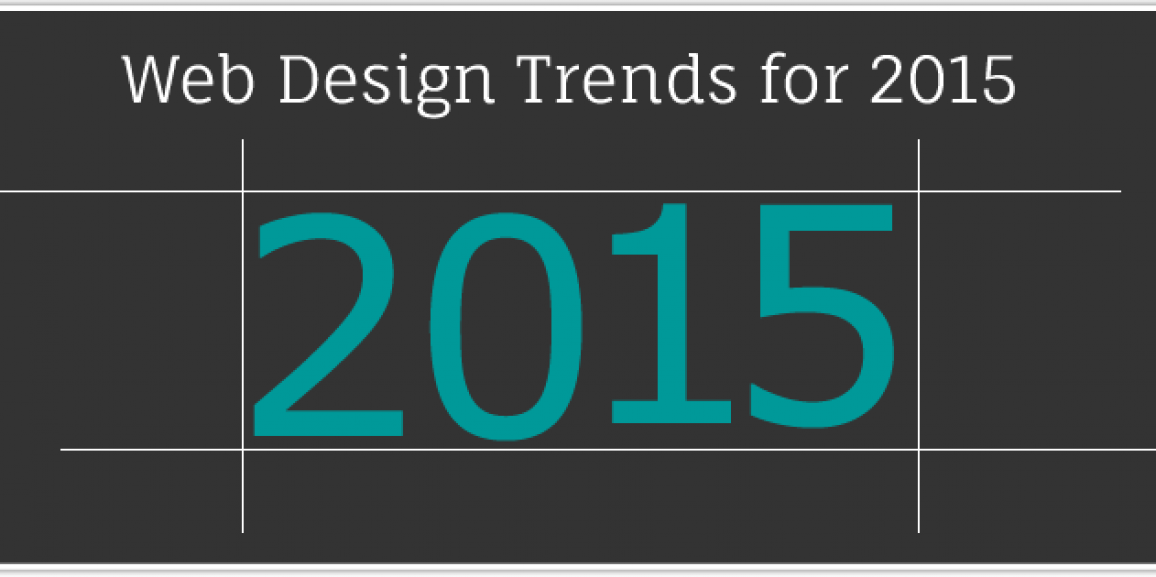There’s a lot of design faux pas that webmasters have adopted over the years that are easy to forget. The spinning graphics of Geocities, the frame-based layouts that followed, and the cool 3D graphics and Flash that were so popular in the 2000s. But, today, “modern” and “fresh” means giving up a lot of these dated design principles and adopting a format that’s more conducive to a content-driven web.
Pop-Ups
Everyone hates popups on the user side of things, but webmaster, and even big brands, still use them. They claim they work, but what does that really mean? If you mean that it increases signups, you might be right. But, if you mean that it improves the user experience and improves response rates, conversions, and revenues, you’re dead-wrong.
Norman Nielsen Group has long-advocated the elimination of anything that looks like advertising on your website. Why? Because users ignore ads, or anything that appears to be an ad.
Furthermore, users hate pop-ups. It is consistently ranked as one of the top 10 most annoying web designs. While you might bump your conversions from 0 percent to 3 percent, and call that a 300 percent improvement, you’re irritating 97 percent of your users. That’s terrible.
SEO Copywriting
SEO and copyrighting used to be synonymous. If you wanted to rank well in Google, it was easier to game the system than actually provide anything of value. Those days are over. If you want people to respect you and link out to you, you need to ditch the “copyrighting as SEO” model.
Take a cue from firms and websites like Watson Goepel, a personal injury lawyer in Vancouver. This site eliminates the usual SEO tricks like keyword stuffing and overly optimized pages.
Pay-Per-Click
Pay-per-click used to be one of the best ways to get your message out there, attract users, and make sales. Today, the PPC marketplace is dominated by big brands who can afford to drop $1 million to rank #1 in Google without doing a lot of work.
You can’t play in this space (unless you are a big brand yourself). Stick to SEO that focuses on newsworthy and high-quality content, and push that content out to the web with well-structured press releases, proven backlink-building strategies (e.g. link prospecting and broken backlink building), and try to make a name for yourself.
Don’t focus so much on keyword optimization. Instead, focus on what you need to do to communicate your message to potential clients.
Skeuomorphism
Apple ditched its old skeuomorphism design for the new iOS look, then let that design bleed over into its OS X platform. Why? Because the new generation of web users doesn’t know what an old-school telephone looks like – seriously! They grew up with cell phones.
And, while many kids might have heard of a notepad, they don’t use them like they used to. Even books are starting to be phased out in schools in favor of electronic devices like iPads and Kindle readers.
Your job isn’t to remind people of what reality is like on your website or app. It’s to help inspire people to look beyond reality – at what it might and ought to be.
Text-Only Sites
Text-only sites are dying. More and more sites are using images and video. This should be pretty obvious but, just in case it’s not, you need to incorporate more beautiful designs, more photos, more video, into your site.
Mobile Sites
This one kind of snuck up on a lot of webmasters. Only a few years ago, there was a move toward mobile versions of everything. Now, that trend has all but disappeared. Yet, many small business owners are reluctant to give up on the designs they worked so hard to create.
This is sometimes called the fallacy of the sunk cost. Business owners sometimes succumb to this when they don’t want to let go of costs that they’ve previously incurred for research and development. They factor it into their current and future decisions, almost like it’s part of ROI.
But, past costs do not predict future profitability. The .mobi sites are dead as a doornail. If you want your content marketing and web presence to endure, you need to embrace responsive design.
Chester Miller is a freelance web designer and marketer. Whenever he gets the time, he likes to share his insights by posting on the web. You can read his articles on a variety of websites and blogs.






